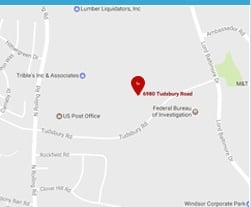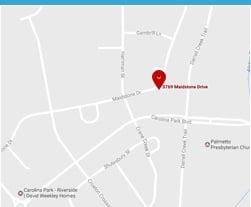
The evolution of our world's technology is truly astounding. In the past decades, we've made great leaps and bounds in terms of what our electronic devices are capable of accomplishing, and things are only getting better. Technological engineers and electronics designers are continuously dreaming up new ways to improve existing products, as well as completely original ideas for simplifying every day life and tasks. But how does this process occur, exactly?
Every bit of technology - from the smallest, consumer electronic gadget to complex healthcare and aerospace units - begins with an idea. From here, plans can be made to develop a working prototype in order to test the capabilities of the device and to determine whether the idea is worth investing in, or how it can be further expounded upon in order to make it more operable, functional, and efficient. Every step in designing and assembling the prototype is essential to enabling the simple dream to become a reality. To give you a better idea of the process, this post will walk you through the life cycle of a prototype.
The Idea Phase
At this point, you or one of your clients may have a thought for how to improve an existing unit or device, or for creating something brand new. Here, you discuss what the PC board should be able to accomplish, what the functions of the device should be, and the sizing requirements for the unit and, therefore, for the board.
The Design Phase
Once you have a good idea bout any size constraints for the board and know what it is that you want to be able to do with it, you can begin actually planning and designing the schematics for the PCB development for the prototype. You'll need to consider the necessary components for achieving your objectives, and how these will factor into the layering and thickness of the board, as well as any budgetary concerns.
The Assembly Phase
After the design schematics have been tested out and approved, the board is ready to be assembled for the working prototype. In order to ensure that the PCB will be functional, efficient, and effective, it's important that all settings are properly calibrated (for automated processing), and that the use of the most advanced equipment is utilized so that every component is laid out and connected with the utmost precision, while still maintaining speed.
The Testing Phase
After the board has been assembled, it will need to be subjected to testing. First, you or your contract manufacturer will need to analyze the PCB to ensure that it's actually functioning in accordance with the client's specifications and the design schematics that were previously drawn up. Any inconsistencies or errors will need to be troubleshooted and addressed before the board is presented to the client. From here, the client may want to run their own set of tests, and actually test out the use and functionality of the device as a working whole before making a decision about ordering a larger batch.
The Adjustment Phase
After testing out the initial prototype, you or your client may notice certain areas that could be improved upon which would make the end product more efficient and effective. After making not of these areas, you may need to go back to the original specs and make some adjustments before mass assembling the final PC boards.
A Never Ending Cycle
Even after a prototype has been approved for mass production and has made its way to the end user, its evolutionary cycle is never actually complete. As technology advances, it will be discovered that the existing device can be improved upon, or even eventually replaced, by something better, but that's what makes the world of technology so exciting! As long as dreamers are coming up with new ideas, we'll be ready to take on the challenge of developing prototypes that may end up changing the world.





